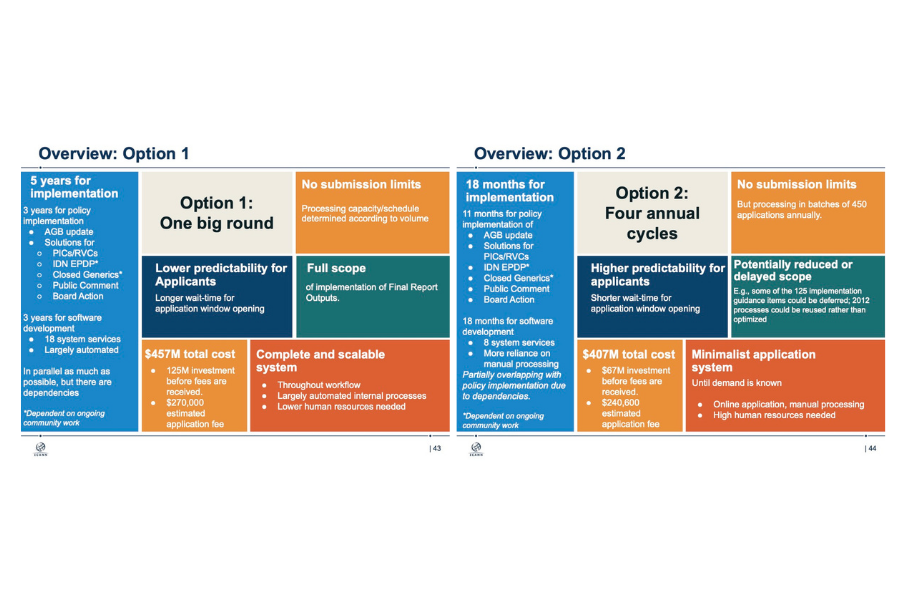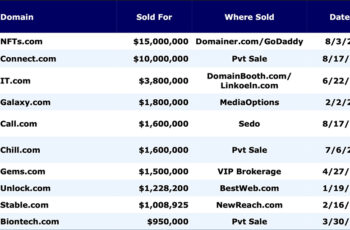On December 12, on the exact day announced as “pens down” date in September, ICANN staff published the so-called “Operational Design Assessment” (ODA) for future introductions of new generic Internet extensions. The last such “round” had been conducted in 2012, leading among other things to the creation of community-based extensions like “.paris”, “.scot”, “.swiss” or “.sport”.
(“Generic” internet extensions, also called “generic Internet Top-Level Domains” or “gTLDs” the endings of Internet names like “.org” in “corenic.org”, or “.sport” in gymnastics.sport, where that name ending is not based on rules for 2-letter country codes like “.ch” for Switzerland or “.co” for Colombia.)
The ball had been in the camp of ICANN-org for almost 2 years, after a community-based working group had submitted the so-called “New gTLD Subsequent Procedures Final Report” in early 2021. That working group, dubbed “Subpro”, had worked several years to find consensus on a long list of questions. Its Final Report is 400 pages of policy recommendations, and, in some cases, the admission that no consensus had been found. It was ICANN staff’s job to try to translate it into a plan. But “Operational Design Assessment” is not necessarily a plan: the assessment may come to the conclusion that the policy recommendations cannot be implemented as proposed, or that it would be too expensive or too slow. It analyses the available options, the costs, the timelines and the risks.
It turns out that the Assessment presented by ICANN is newsworthy.
Many feared it might contain too much wishful thinking, with timelines that would prove impossible to keep. Instead, the ODA’s findings are surprisingly blunt. It presents 2 options.
Option 1 is to proceed in the same way as time, but adding all the new requirements. It would require ICANN to spend USD 125 million up-front in order to open a single application Window after five (5) years. At that point, i.e. maybe in 2028, each application would cost USD 270,000. The first resulting Internet extensions would only go live somewhere in 2029 or 2030.
Option 2 is to proceed in smaller steps, called “cycles”. Instead of conducting a single application window, the concept is a program divided into 4 (or possibly more) yearly cycles, each with an application window. That radically reduces the risk and the difficulty for all parties involved. With Option 2, the first application window might be announced as early as 2024. The cost of an application would be USD 240,000 here, but it is conceivable that it could be lowered for the second cycle onward.
CORE has long advocated the use of pre-announced series of recurring applications windows. CORE supports creating a plan based on Option 2. We will publish additional suggestions in the coming weeks in support of this approach.
ICANN’s presentation, transcript, and audio and video recordings are available here.


